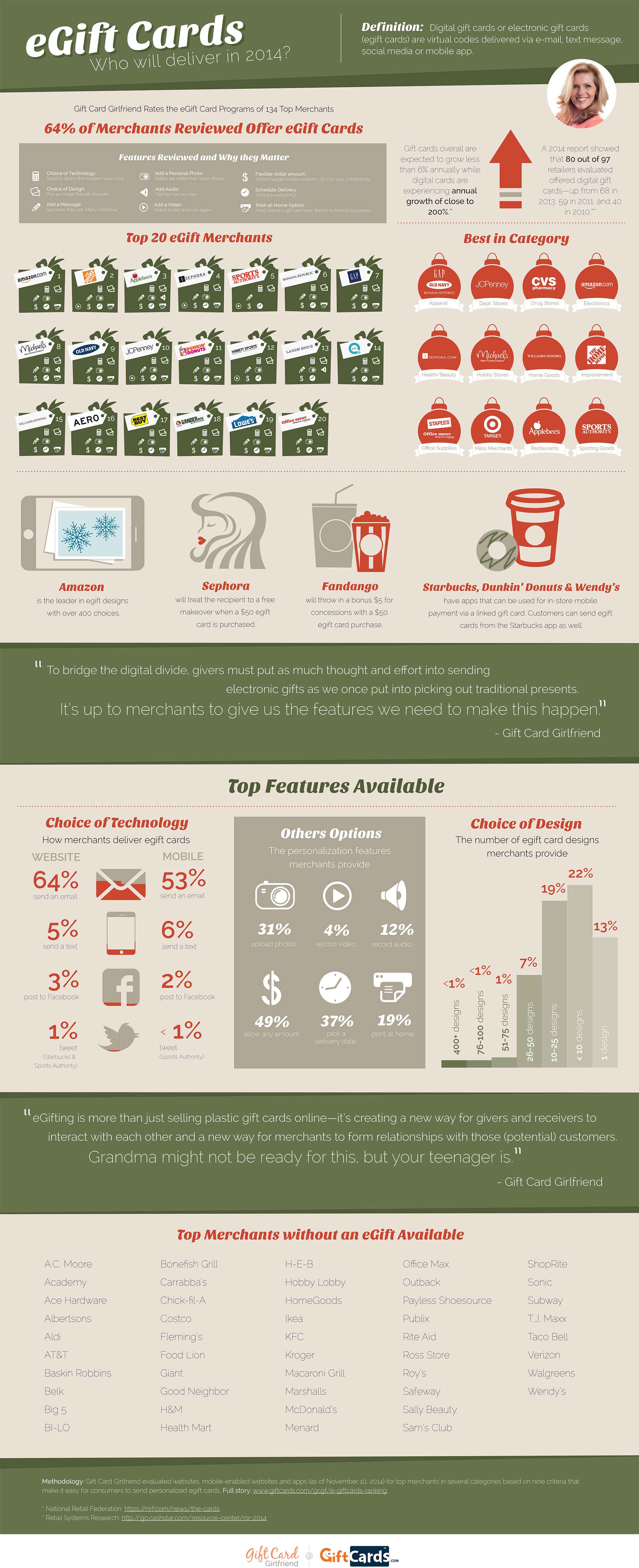Personalized glass items can convey a feeling of sophistication, elegance and brand identity. Font selection plays an essential function in establishing the tone of an engraving, particularly when producing business presents or turning point events.
Modern sans-serif font styles use a well balanced aesthetic for engravings that communicate technology or forward-thinking brand identities. Attempt pairing them with timeless serifs to bring a more creative style to your layouts.
1. Flared or Flowing Details
Etching on glass uses a selection of design options. For round things, such as containers or jars, utilizing a rotary add-on permits consistent and even etching throughout the surface area. Inscribing from the within the glass enables a more subtle, ornamental appearance or perhaps a full-color paint fill.
Spirited fonts evoke energy and charm, making them suitable for brand names that intend to stand out and resonate with audiences. The overlapping, interlocking and weaving of letterforms produce a feeling of activity or deepness in typography that records the target market's attention and intrigue.
Legibility is an essential element to think about when selecting a font style for glass inscription. Picking the appropriate dimension, weight and spacing permits easy reading at any angle or distance. Font style also plays a role, with script and decorative fonts providing a formal or stylish look, while handwritten font styles provide a much more personal touch. Variable font styles allow designers to integrate a range of styles and weights in a single file, which helps maintain consistency and guarantees that the text or graphics are still legible.
2. Warped or Distorted Type
Embedding altered message within a layout is a reliable means to include personality and make the style stick out. This design has ended up being particularly popular for logos and short taglines, as it gives off a sense of individuality while additionally showing up modern-day and special.
Glass distortion is a typical issue that can happen home inspiration with etched glass during production, handling or installment of bent glass panels. It can be brought on by the level panel being rolled into a curved shape, flexing the glass while warming it or throughout setup.
One way to reduce the occurrence of glass distortion is by utilizing a high-quality bent laser engraving maker with a rotary attachment. This method permits you to map the surface of the curved panel with a marker and afterwards gauge the distortion. Later on, you can use this information to develop proper resistances for the curved panel. This process is time consuming, nonetheless, and would certainly be much more efficient if it could be automated.
3. Loosened up Typography
As homes and workplaces shift towards minimal appearances, etched glass supplies a sophisticated option for adding appearance to a room. Its subtle beauty is excellent for a contemporary interior design and complements the most up to date glass production trends.
Using CNC laser modern technology, complex patterns can be engraved right into glass surface areas, with designs varying from geometric to natural. This freedom permits developers to create one-of-a-kind, creative work and satisfy a variety of applications.
Unlike other decorative products, engraved glass is eye-catching and connects with light to change the ambiance of an area. This characteristic draws in a particular niche market of collection agencies and boosts glasses to the status of art. The international glass etching market is growing because of the rising need for customized presents and bespoke building elements. Technical developments and the surge of on the internet marketplaces are likewise driving market growth. Nonetheless, the high initial financial investment expenses of innovative glass etching machines restrict market penetration.
4. Unintelligible Type
Personalized glass is a beautiful and useful form of art that stimulates a stylish feeling. From etching the groom and bride's names on wedding event sparkling wine glasses to creating company awards, inscribing glass is a popular and functional way to produce an unique item for personal or industrial usage.
Glass engraving is commonly done by using among several methods, including sandblasting, acid etching, and laser engraving. Sandblasting is extensively utilized for high-volume manufacturing, balancing cost-effectiveness with high quality, while acid etching gives higher degrees of detail and accuracy for even more premium applications. Laser etching offers the most adaptability and speed for mass personalization of glass items, driving development in the sector.
Choosing the ideal laser engraver for glass can make all the distinction in your finished item. The Gweike Cloud Pro, as an example, is a terrific selection for professional glass laser engraving, with its industrial-grade parts, curved engraving capacities, and smart batch handling. Adding dampened paper towel or application tape to your workspace can additionally help avoid the surface area from coming to be rough, making sure a smoother and more consistent inscription.
